DLP vs LCD vs LCoS: home cinema projector technologies compared
We shine a light on the three main projector technologies used in home cinema: how they work, and their pros and cons
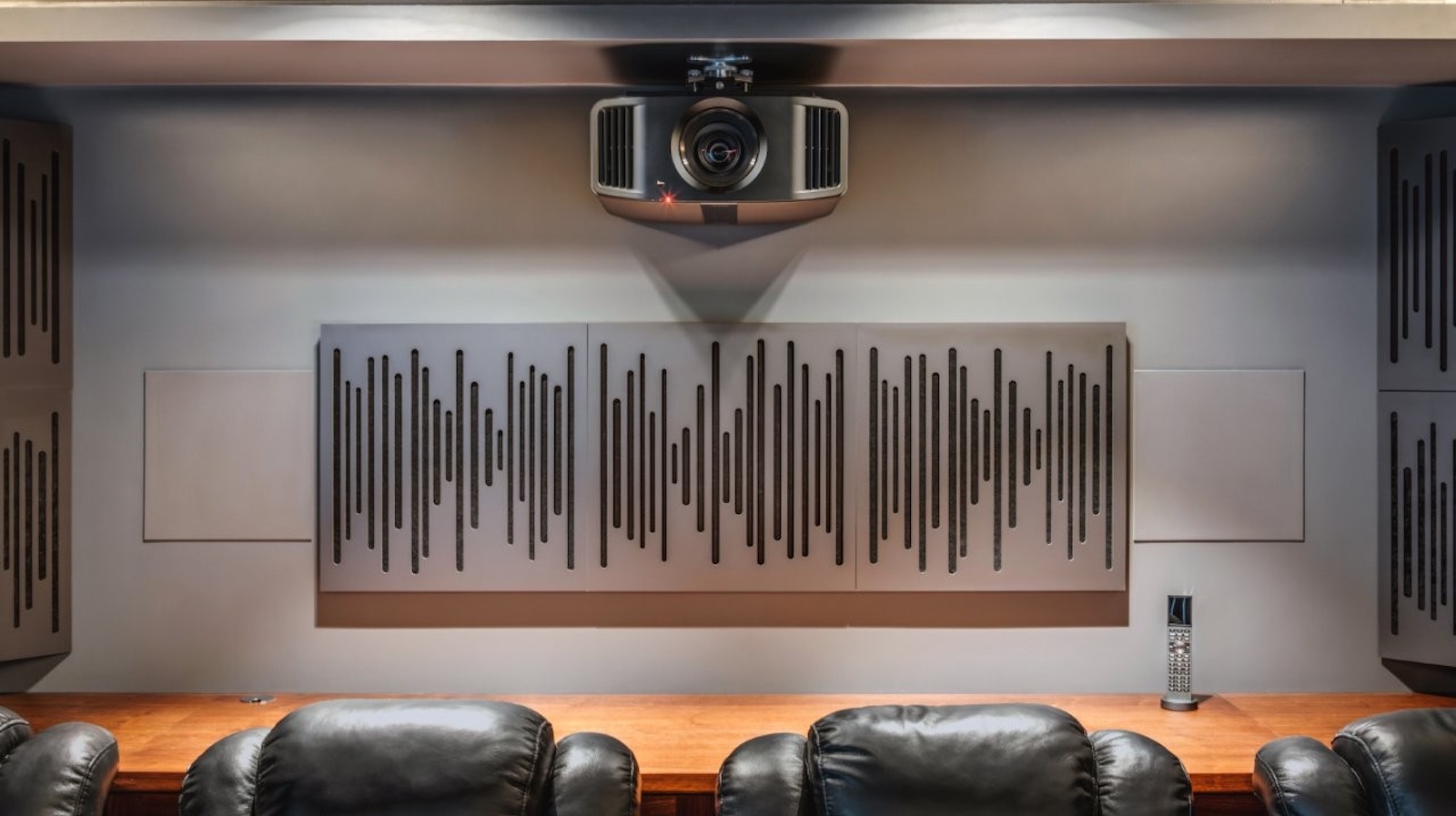
To deliver a truly immersive cinematic experience in the home, nothing beats scale.
While oversized televisions might be muscling in on the conversation, for most home cinema connoisseurs, the projector remains king.
Projectors for home cinema use one of three technologies: DLP, 3LCD, and LCoS. In this article, we’ll examine each so you can get a better handle on which might work best for you.
Remember, whichever tech you go with, you’ll want as much control over room lighting as possible, as watching in bright conditions just isn’t home cinema – it’s a work presentation.
In addition, we won’t be discussing which light source is best (lamp, LED, or laser), as this is independent of the display technology. That explainer is on the way.
For now, though, let's dig into DLP, 3LCD and LCoS.
DLP: the sharp one
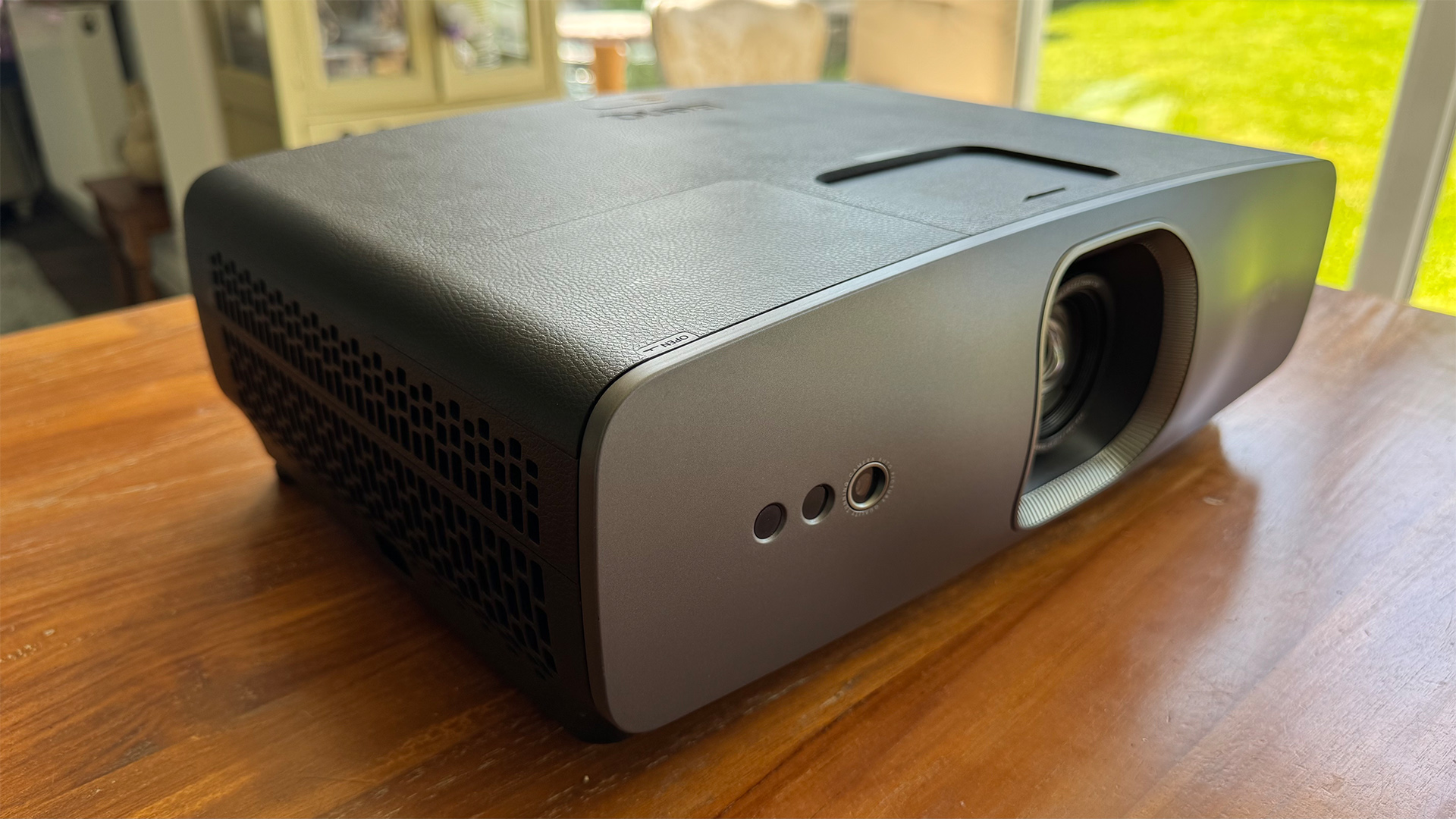
At the heart of Digital Light Processing (DLP), which is the technology used in the majority of digital cinema projectors, is the Digital Mirror Device (DMD).
The latest hi-fi, home cinema and tech news, reviews, buying advice and deals, direct to your inbox.
Manufactured by Texas Instruments, this remarkable device contains millions of tiny mirrors, just a few microns wide, that switch back and forth thousands of times a second in response to electrodes underneath, reflecting light onto the screen.
Each mirror represents a pixel, so in cinema DLP, 8.8 million are required for 4K (4096 x 2160), and three separate chips are used for red, green, and blue, which are combined to make the final image.
While cinema projector manufacturer Barco offers this so-called three-chip DLP technology for the home in its “Residential” range, these projectors are firmly priced in the “if Sir has to ask…” territory.
To make DLP technology cost-effective for the home, these three chips become one.
In single-chip DLP, a rapidly spinning colour wheel, placed between the light source and the DMD, sequentially displays each primary colour, synchronised with the mirrors in the DMD, to create the final image.
However, as the colours are displayed one after the other, some people can detect flashes of red, green, and blue as their eyes move quickly over high-contrast areas. This is the dreaded 'rainbow effect', and it makes single-chip DLP problematic for some.
Even with a single chip, native 4K DMDs are prohibitively expensive, so a workaround was needed — and this comes in the form of eXpanded Pixel Resolution technology, or 'XPR'.
This breaks down the incoming UHD signal into four 1080p images, which are then flashed onto a 1080p chip that is rapidly 'pixel-shifted' 240 times per second, with each ‘sub-image’ coming through 60 times a second.
At 60Hz, this tricks the eye into seeing each frame as a single 4K UHD image and is effective enough for the Consumer Technology Association (CTA) to consider it “true 4K”.
DLP boasts a fast response time, making it a great choice for gamers, and as it can be packaged in compact designs, it’s great for light, portable projectors.
If it has a weakness, it's that the mirrors can’t completely block all light, as the electronics for each chip surround each pixel, creating small gaps. This limits the native contrast ratio possible and raises the black floor, though dynamic iris techniques keep things respectable.
For those wanting bright, impactful images at good prices, DLP has strong appeal, making it the technology of choice for many budget and mid-range projectors.
3LCD: the colourful one
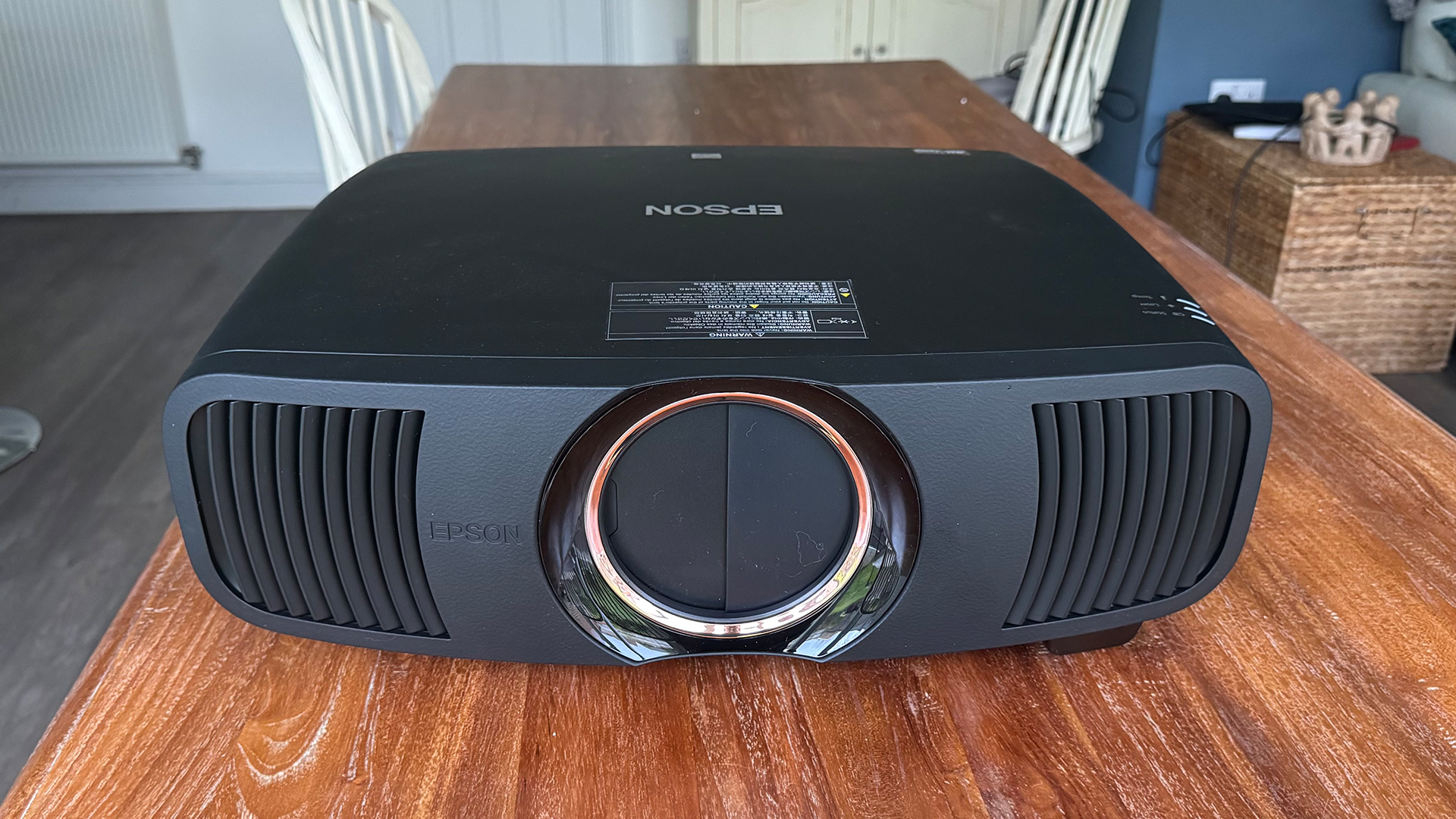
3LCD manufacturing is the exclusive preserve of Epson, and it also licenses the tech to other brands.
As the name suggests, it uses three Liquid Crystal Display panels, with one for each of the red, green, and blue primaries.
White light is split by dichroic mirrors so that it passes through each of these before it’s recombined by a dichroic prism into a single stream to project the final image.
One benefit of 3LCD is that, as the colours are combined at the end of the process, it’s easier to integrate zoom and lens shift technologies, making placement easier in the home.
With 3LCD, colours hit the screen simultaneously, so there is no “rainbow effect” to worry about, and it provides for bright, colour-rich images.
3LCD pixels have a lower pixel density than DLP, which, in the days of standard-definition, meant that the gaps between them could be seen when viewed close-up to the screen. Since the arrival of Full HD, however, this has become a non-issue.
These days, many employ pixel-shifting to create a ‘faux 4K effect.
This pixel-shifting involves the flashing of two sub-frames through the native 1080p panels to generate a perceived 8.3 million pixels, as required for UHD 4K.
At this point, it’s even possible to find 3LCD projectors that support 4K/120Hz gaming via HDMI 2.1, and there are plenty of HDMI 2.0 models that can deliver 120Hz gaming at the lower 1080p resolution.
Where 3LCD loses out to DLP is in how it’s able to market its 4K capabilities.
While with DLP the mirrors inside the DMD switch fast enough that the 8.3 million pixels generated per frame can be considered to be individually addressable (so therefore 4K), liquid crystals cannot keep up. This means that the image only offers a “perceived” 4K resolution, so it cannot be marketed as “native 4K”.
Additionally, as liquid crystals can’t block light completely, making it unable to create a true black, 3LCD historically struggled with a low native contrast ratio. However, over the 20 years of development, manufacturers have become adept at using a dynamic iris and, more recently, laser dimming, to compensate.
Today, 3LCD typically offers the best ‘bang-for-buck’ in terms of black-level capabilities at mid-range price points, and the latest offerings are now challenging at the higher end of the market.
LCoS: the dark one
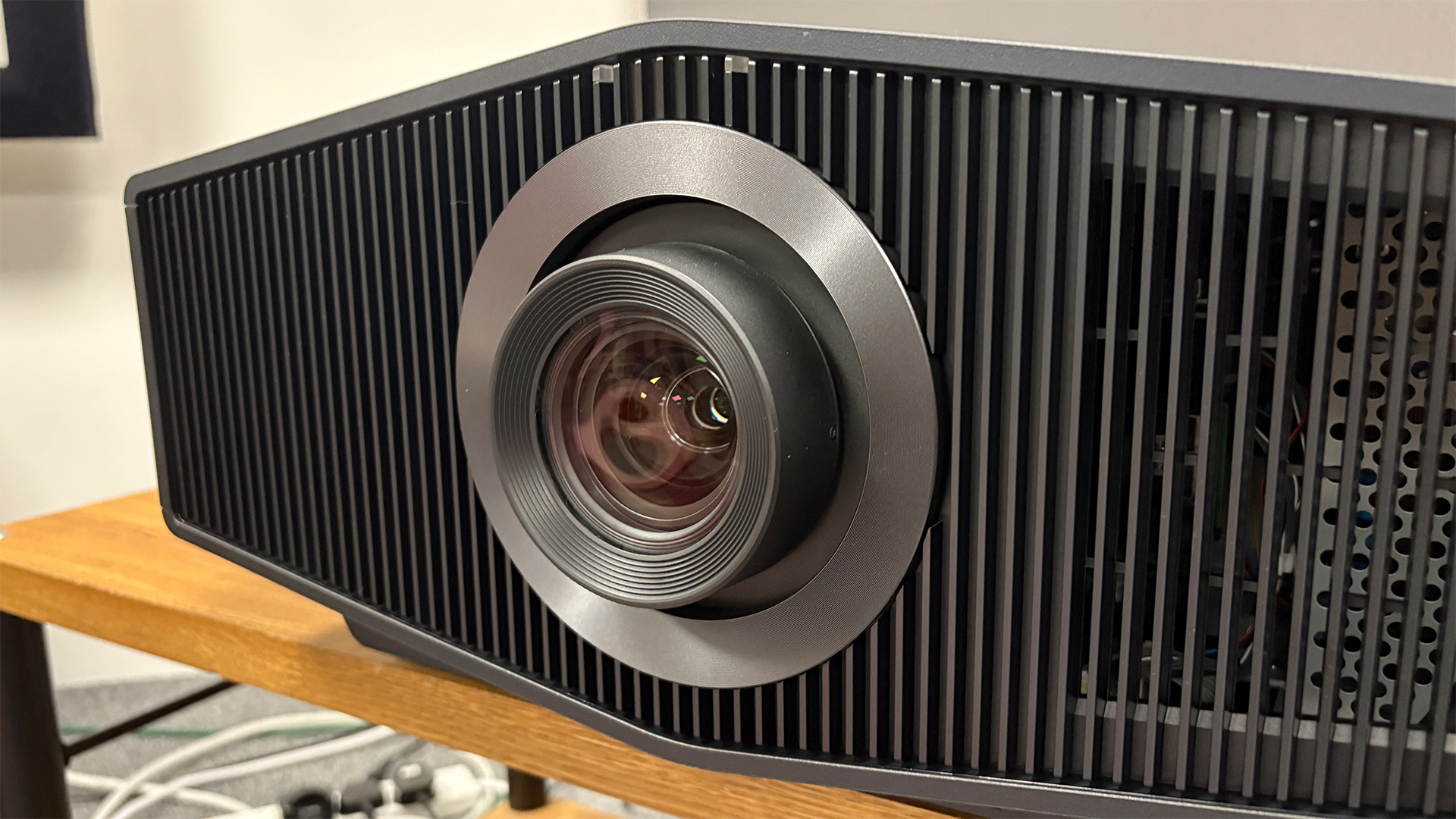
Liquid Crystal on Silicon (LCoS) is known as the native contrast king, enabling the deepest black levels, making it the premium technology for consumer home cinema.
Known as Silicon X-tal Reflective Display (SXRD) by Sony, and Direct Drive Image Light Amplifier (D-ILA) by JVC, LCoS combines elements of both LCD and DLP.
Both designs feature panels dedicated to red, green, and blue, with a reflective, mirrored surface sending light into liquid crystals that precisely modulate the light before being recombined into a single image.
LCoS panels are constructed on silicon wafers, manufactured using advanced processes similar to those used in computer CPUs and GPUs. These wafers are well-suited to generating the pixel density required for native 4K, without recourse to pixel shifting techniques.
In addition, as the active parts are placed behind the panels and the pixel density is high, with tiny gaps between pixels, light can be blocked very effectively, thus producing a very high native contrast ratio.
LCoS is often described as offering a smooth image that is more filmic than its competitors.
The inevitable downside is that this is all expensive to manufacture, which is why Sony and JVC models are only suited for the well-heeled.
Consumer models start at around £5000 / $5000 / AU$8,000 and extend up to around £30,000 / $30,000 / AU$50,000 (above this is what is often called “prosumer” territory).
Verdict
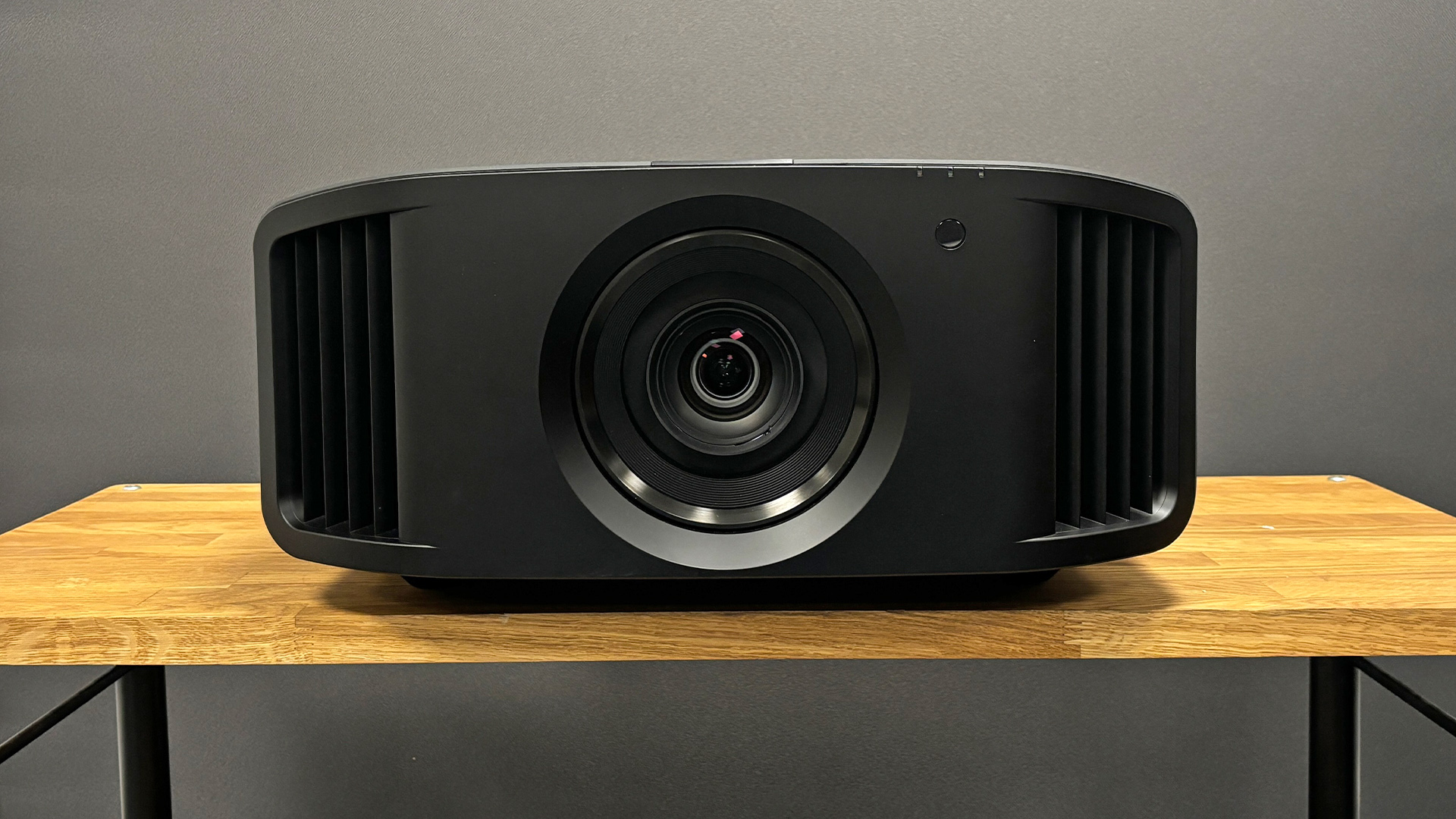
While there are clear differences between each of the three projector technologies out there, the core tech is really just the start of the story. A projector’s performance is dictated by far more besides, particularly the light source and image processing.
Other factors will come into play when making your purchasing decision, too, such as how much money and space you have (and therefore the appropriate projector throw ratio). You might even feel that you want 3D support, which is fairly rare at this point.
Indeed, every manufacturer will offer different features that can swing the decision from one model to another, which is why it’s so important to read our projector reviews and check out our list of the best projectors before choosing the right model for you.
MORE:
Two of the best LCoS models: check out our Sony Bravia Projector 8 vs JVC DLA-NZ800 comparison
You must confirm your public display name before commenting
Please logout and then login again, you will then be prompted to enter your display name.
